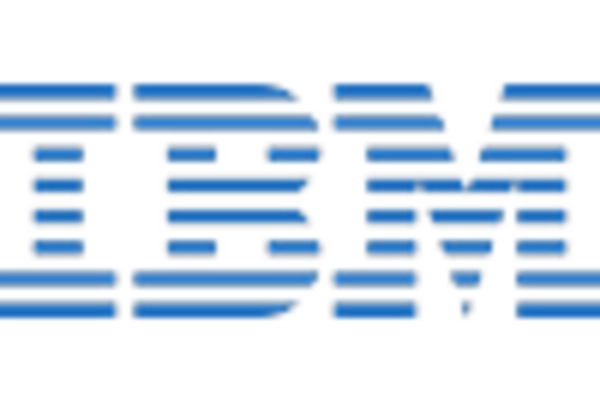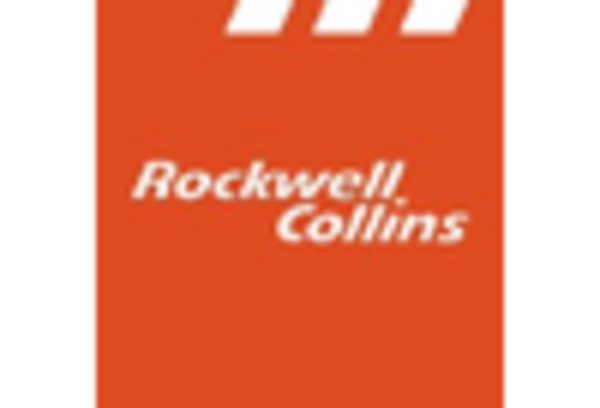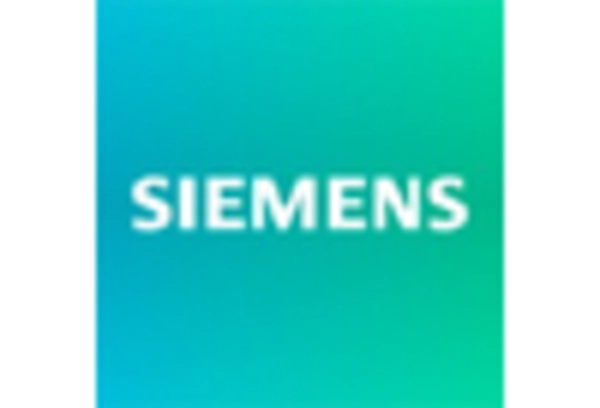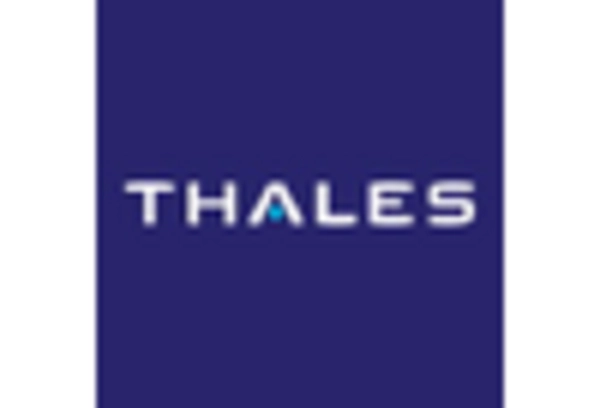Enhanced Data Security Measures
Enhanced data security measures are becoming increasingly vital in the aviation IoT market. With the rise of cyber threats, airlines and manufacturers are prioritizing the protection of sensitive data collected through IoT devices. Implementing robust cybersecurity protocols is essential to safeguard operational data and passenger information. The aviation IoT market is responding to this need by developing advanced security solutions that ensure data integrity and confidentiality. As the industry becomes more interconnected, the demand for secure IoT systems is expected to grow, driving innovation and investment in cybersecurity technologies within the aviation sector.
Integration of Advanced Technologies
The integration of advanced technologies such as artificial intelligence (AI), machine learning, and big data analytics is driving the aviation IoT market. These technologies enable airlines and manufacturers to collect and analyze vast amounts of data from various sources, leading to improved operational efficiency and safety. For instance, predictive analytics can forecast maintenance needs, reducing downtime and costs. The aviation IoT market is projected to grow at a CAGR of approximately 25% from 2025 to 2030, indicating a robust demand for these technologies. As airlines increasingly adopt these innovations, the aviation IoT market is likely to expand significantly, enhancing overall performance and customer satisfaction.
Growing Demand for Real-Time Analytics
The growing demand for real-time analytics is a significant driver of the aviation IoT market. Airlines and operators are increasingly relying on real-time data to make informed decisions regarding flight operations, maintenance, and customer service. IoT devices provide continuous data streams that enable quick analysis and response to operational challenges. This trend is reflected in the aviation IoT market, where the adoption of real-time analytics solutions is projected to rise sharply. By leveraging real-time insights, airlines can enhance operational efficiency, improve passenger experiences, and ultimately drive growth in the aviation IoT market.
Cost Reduction and Operational Efficiency
Cost reduction and operational efficiency are paramount in the aviation industry, driving the aviation IoT market. Airlines are under constant pressure to minimize operational costs while maximizing service quality. IoT solutions enable real-time monitoring of aircraft systems, optimizing fuel consumption and maintenance schedules. According to industry estimates, IoT applications can reduce operational costs by up to 15%, making them attractive to airlines. As the aviation sector continues to seek innovative ways to enhance efficiency, the aviation IoT market is likely to see increased investment and adoption of IoT technologies, ultimately leading to improved profitability.
Regulatory Compliance and Safety Standards
Regulatory compliance and safety standards are critical drivers for the aviation IoT market. The Federal Aviation Administration (FAA) and other regulatory bodies impose stringent requirements on airlines and manufacturers to ensure safety and reliability. IoT solutions facilitate compliance by providing real-time monitoring and reporting capabilities. For example, IoT devices can track aircraft performance and maintenance schedules, ensuring adherence to safety regulations. The aviation IoT market is expected to benefit from this trend, as companies invest in technologies that help meet regulatory demands. This focus on compliance not only enhances safety but also fosters trust among passengers, thereby potentially increasing market growth.

















Leave a Comment